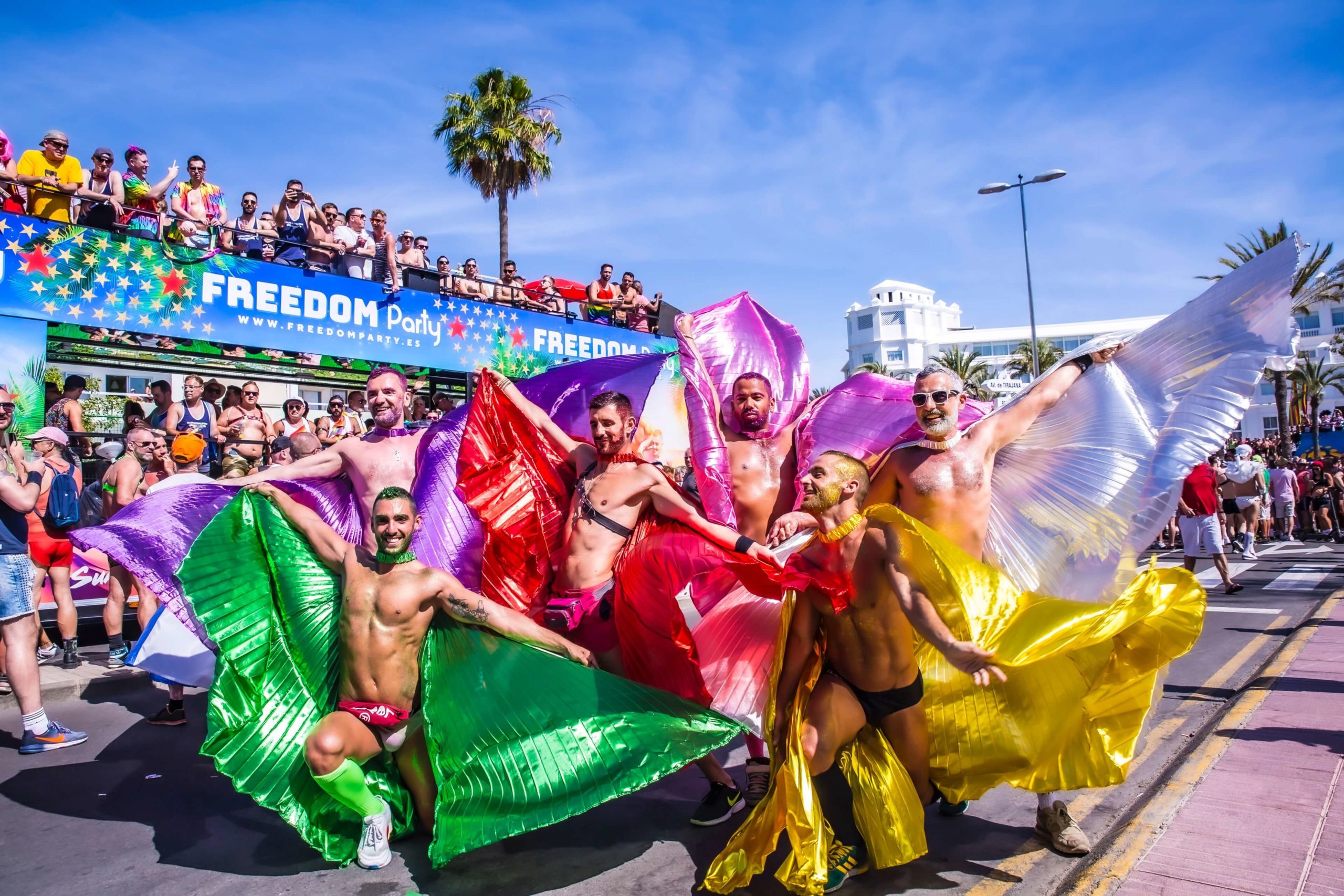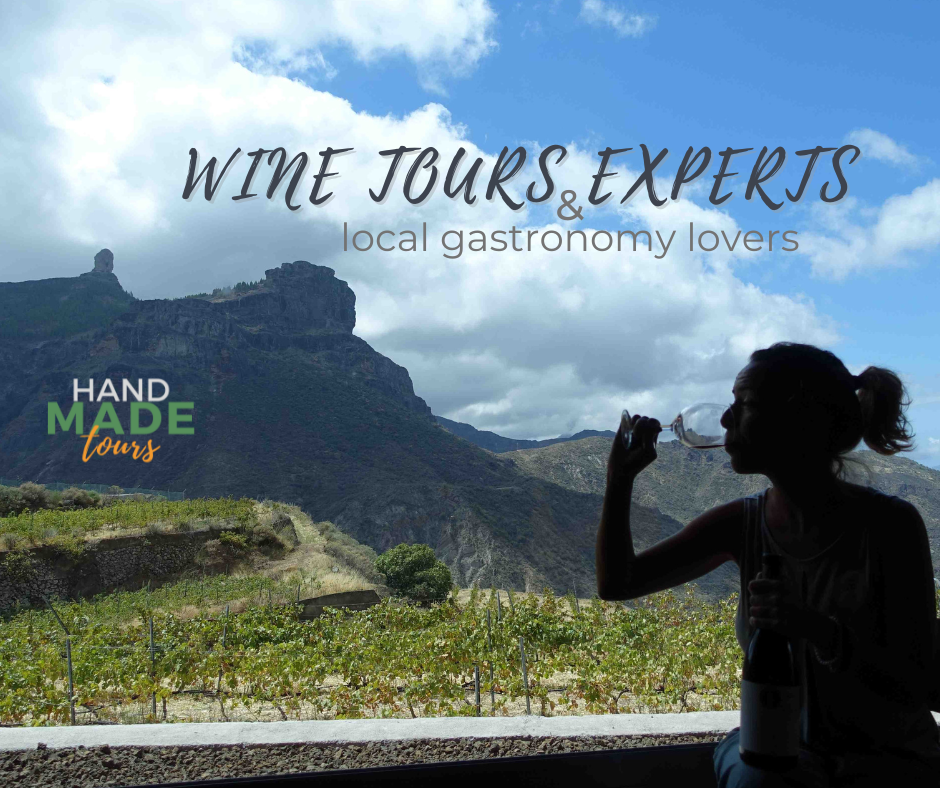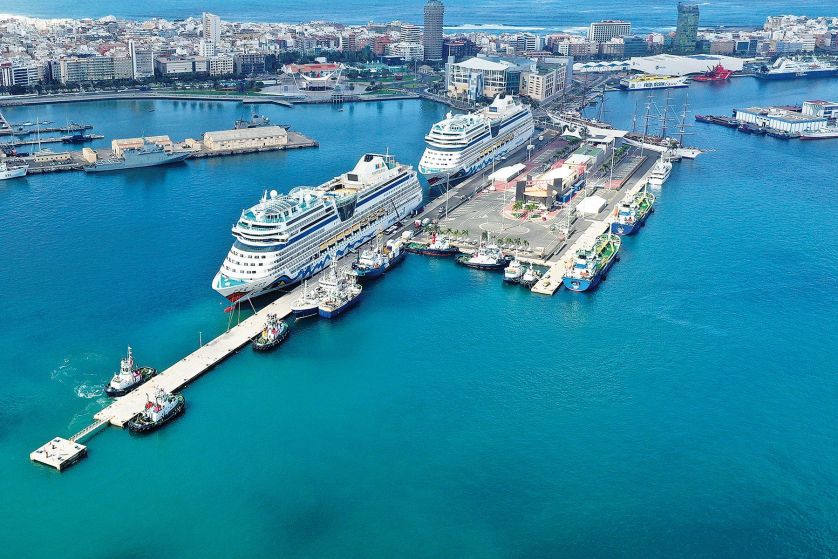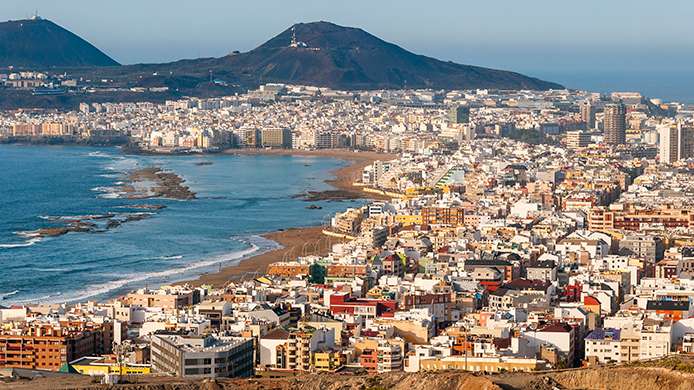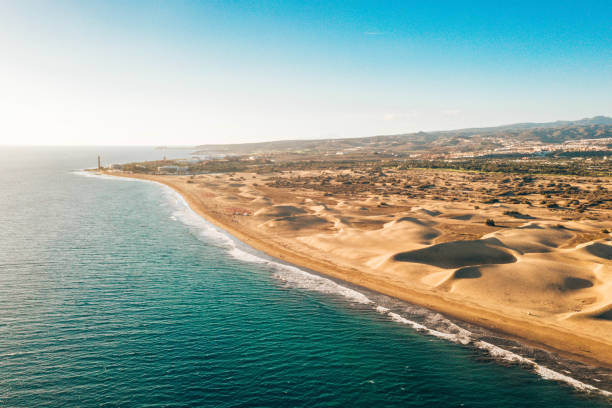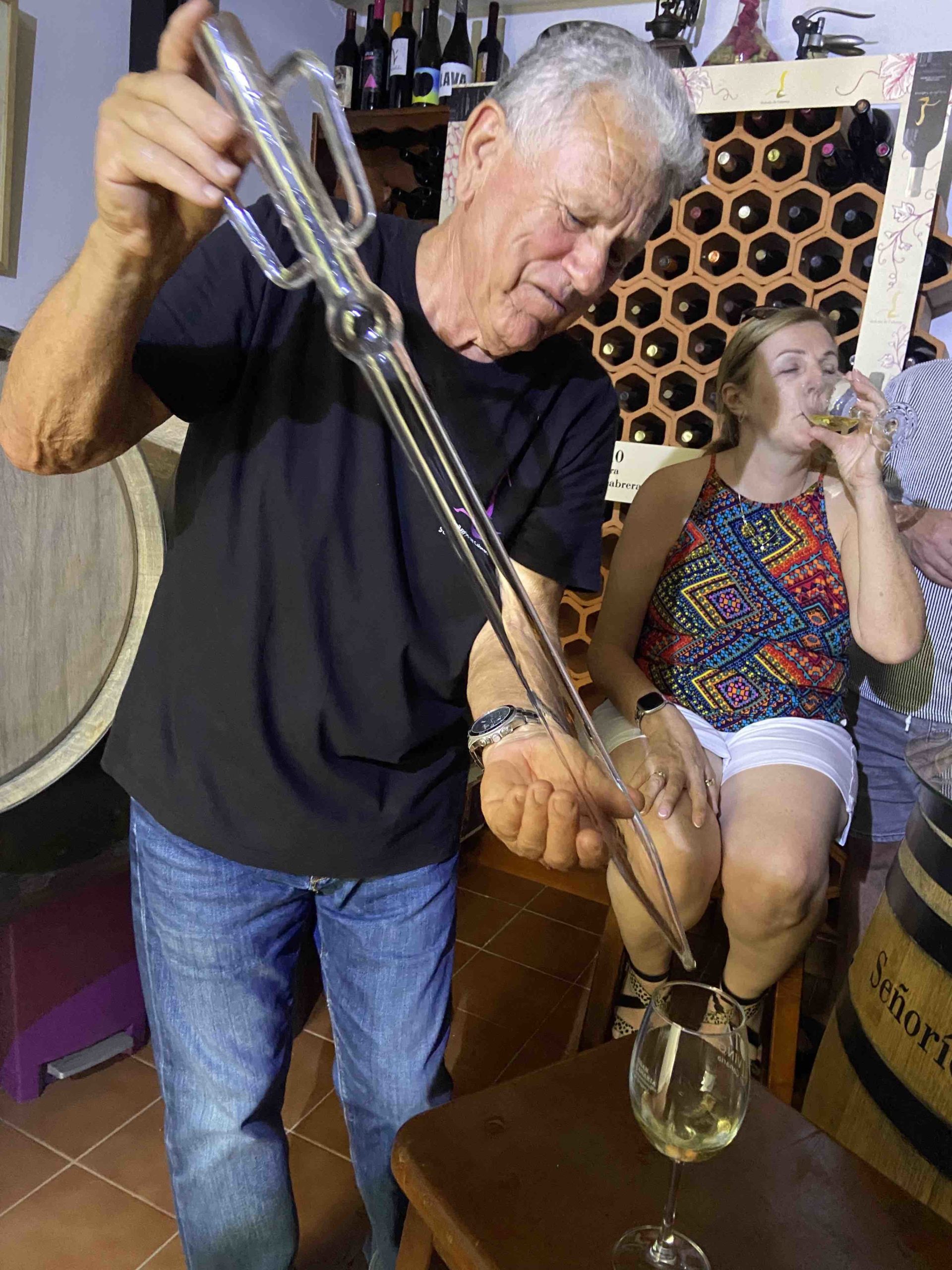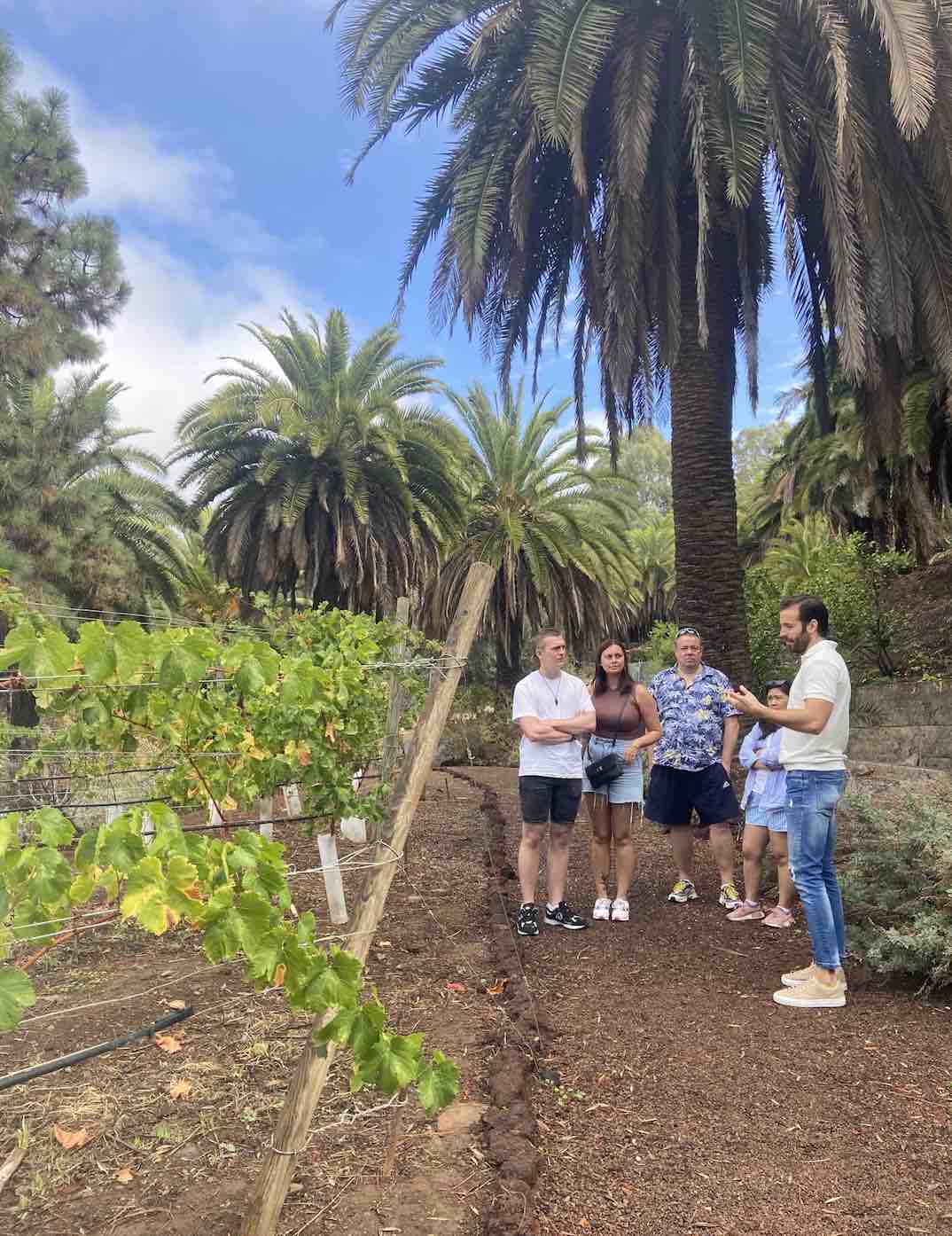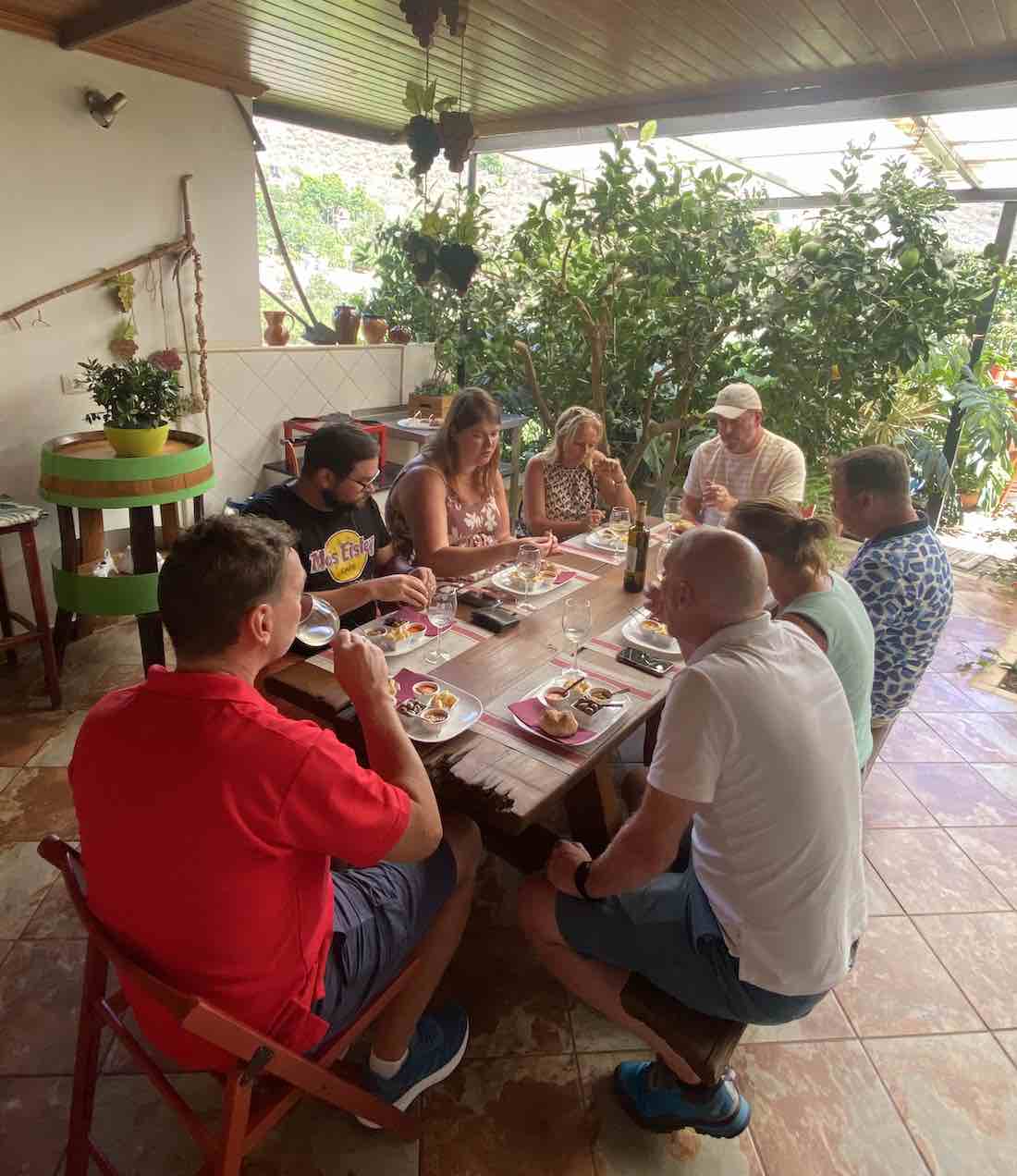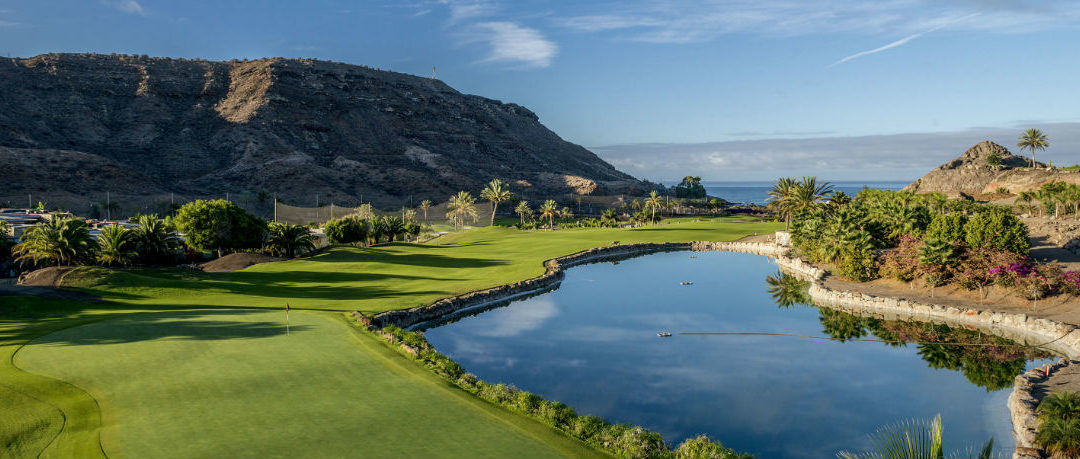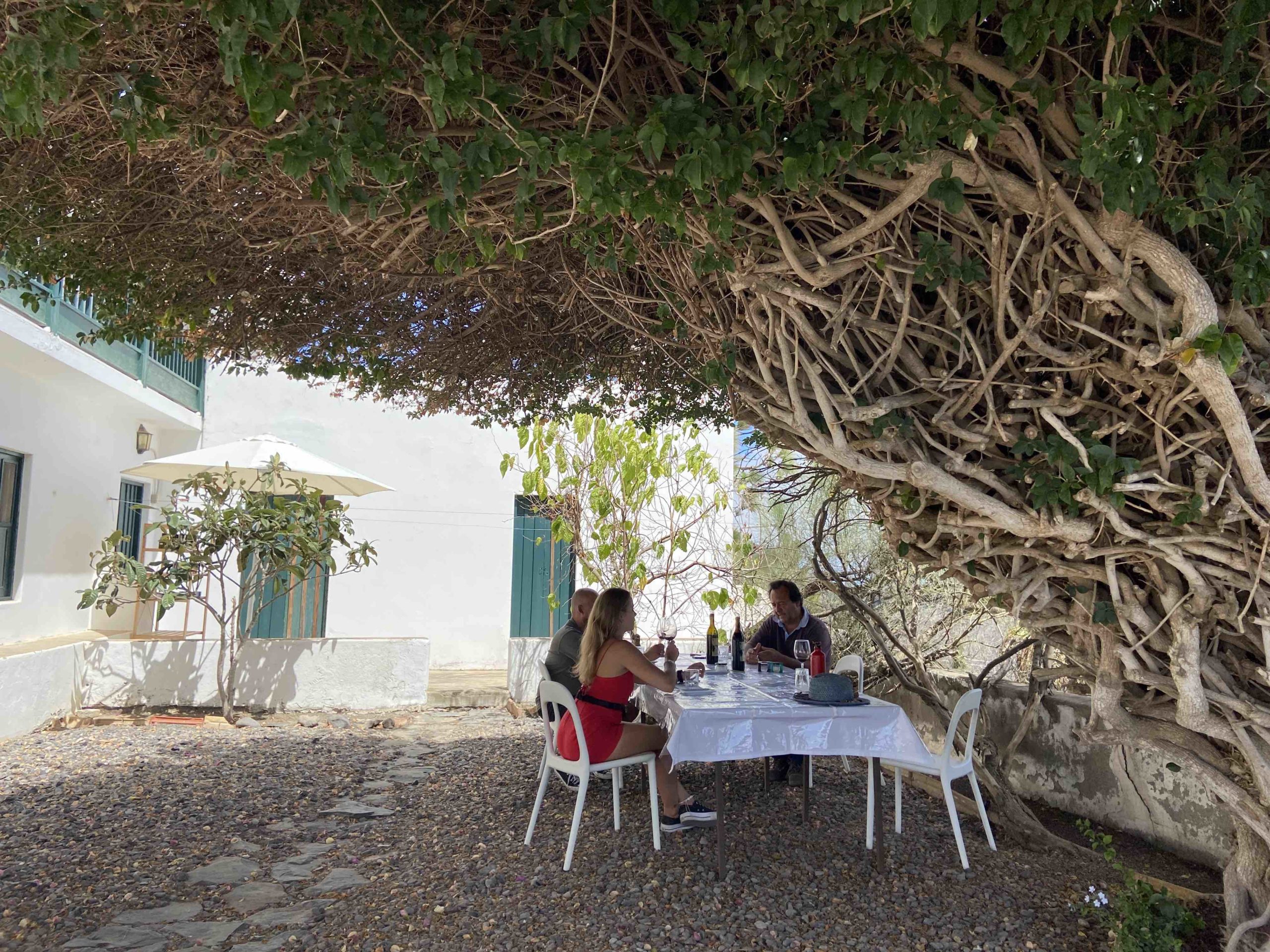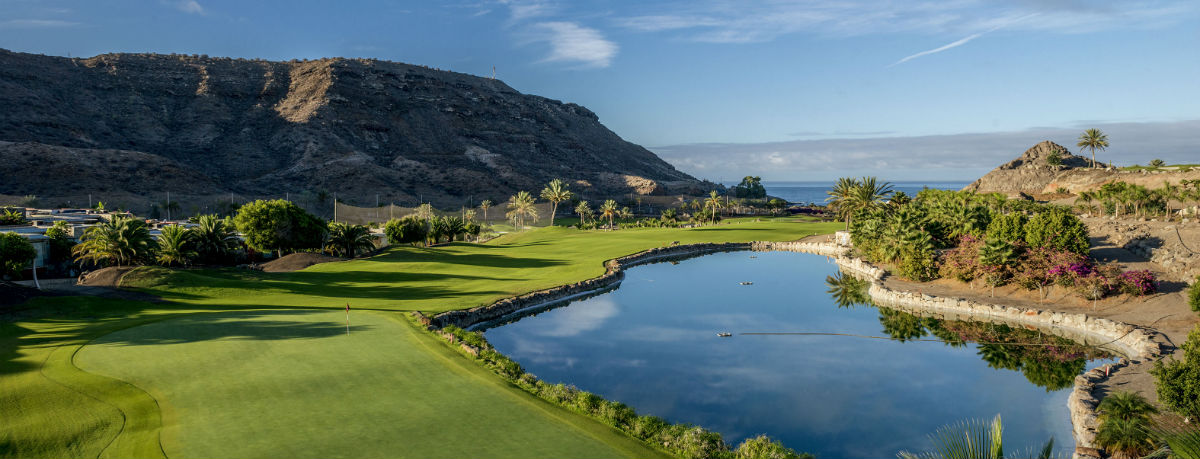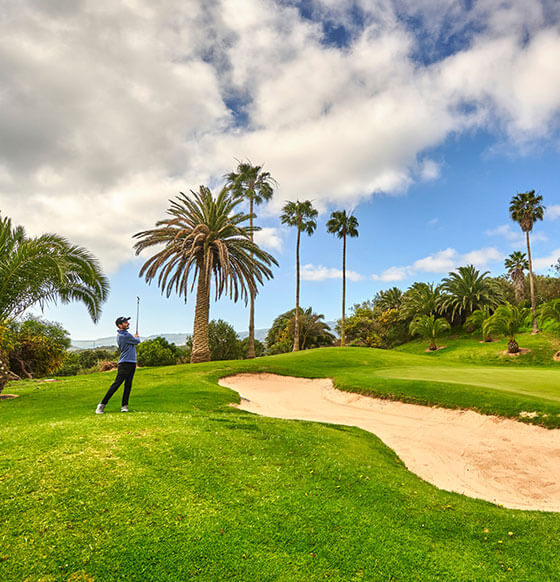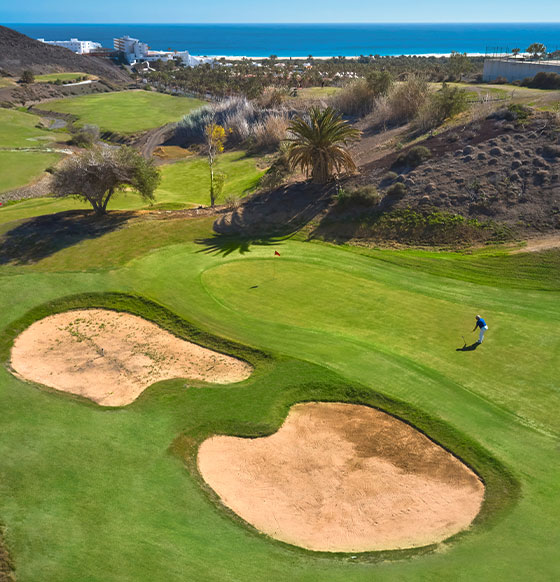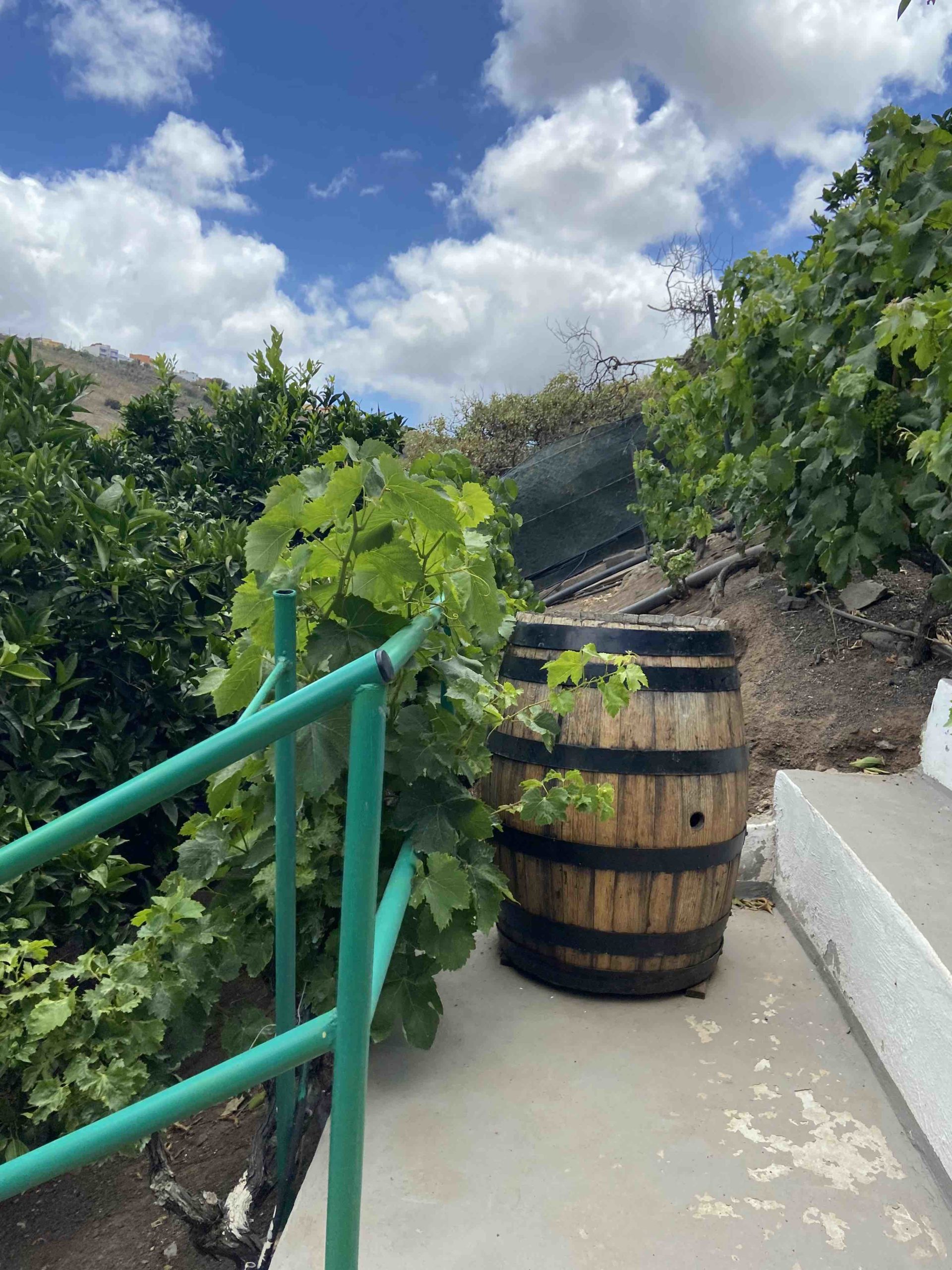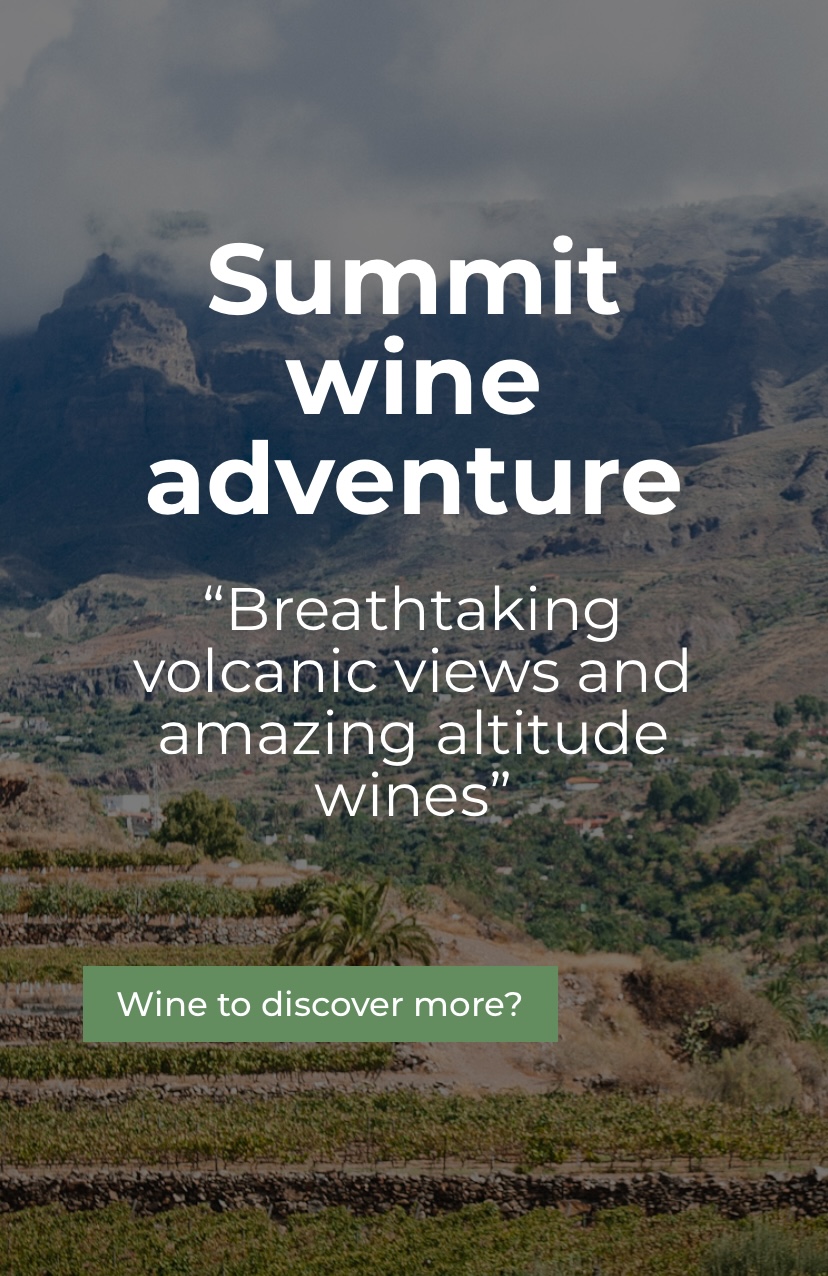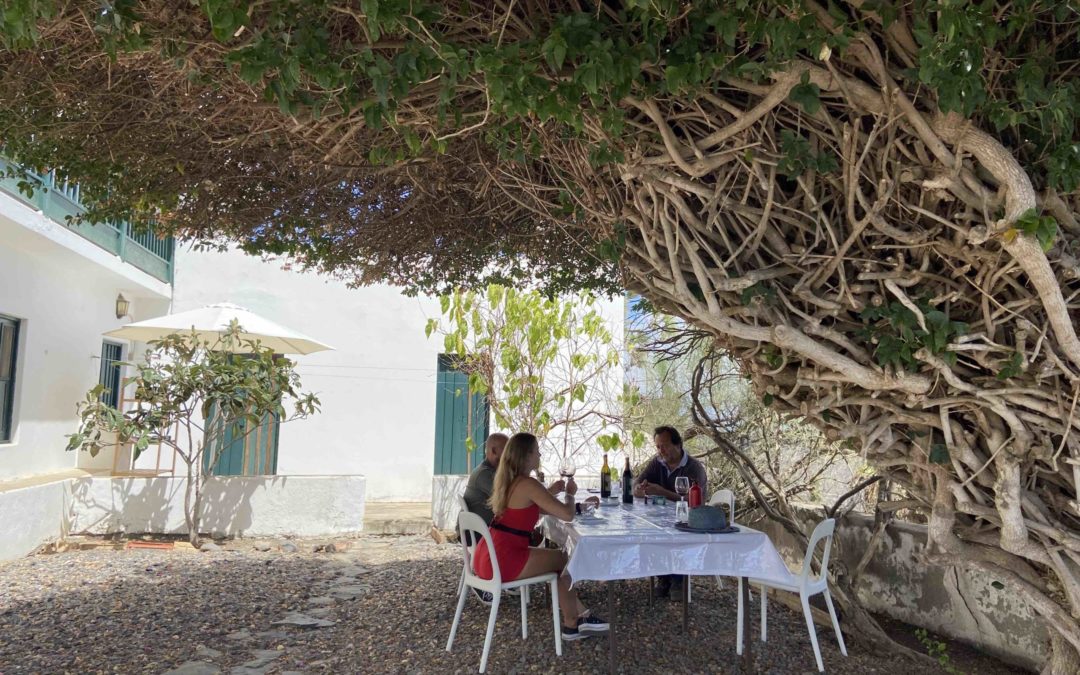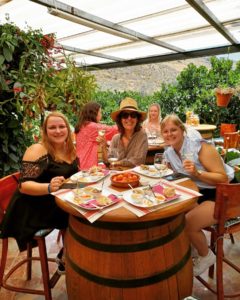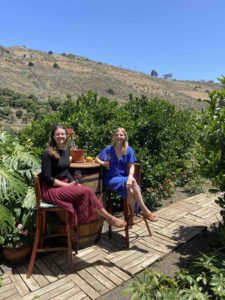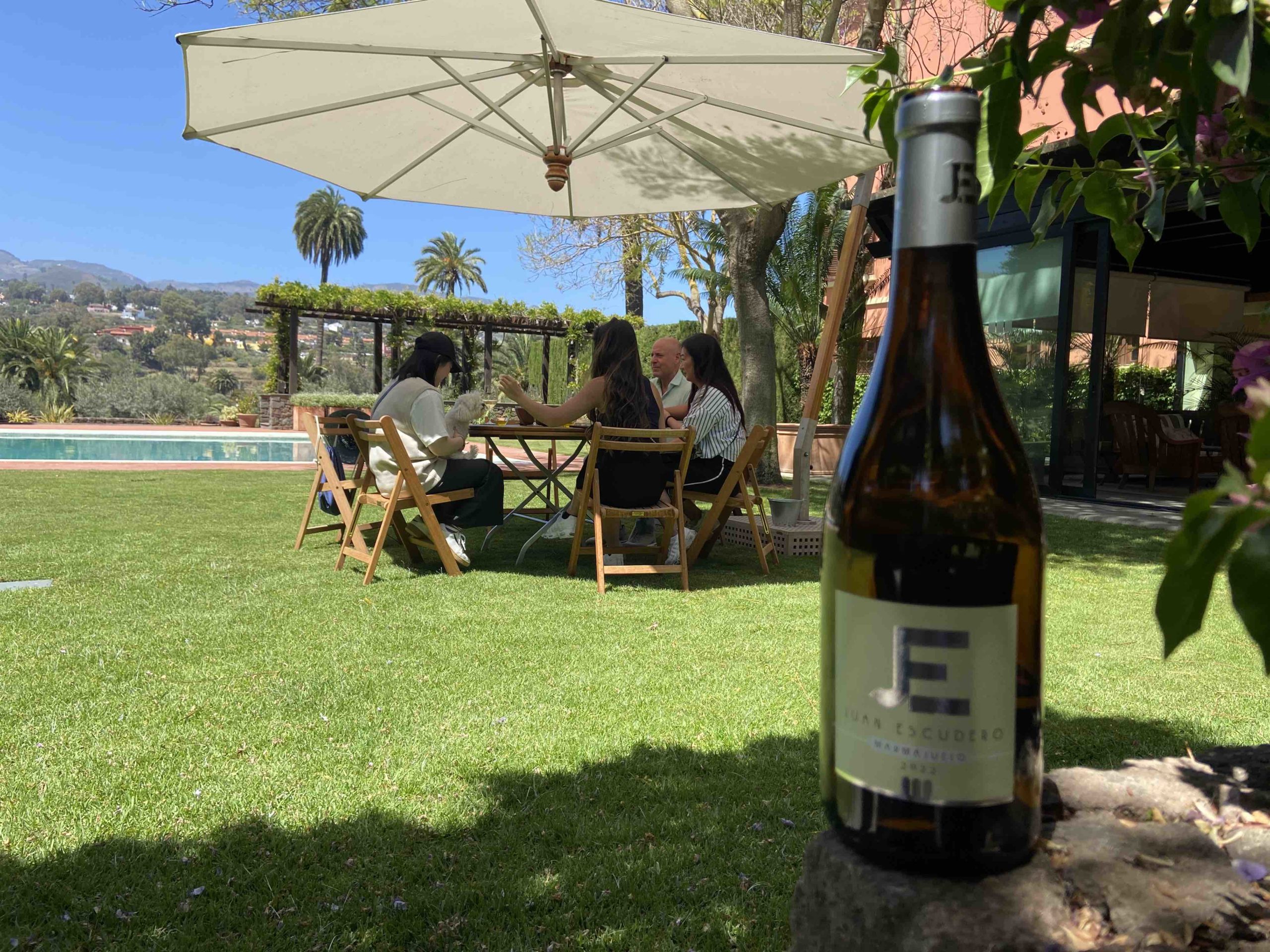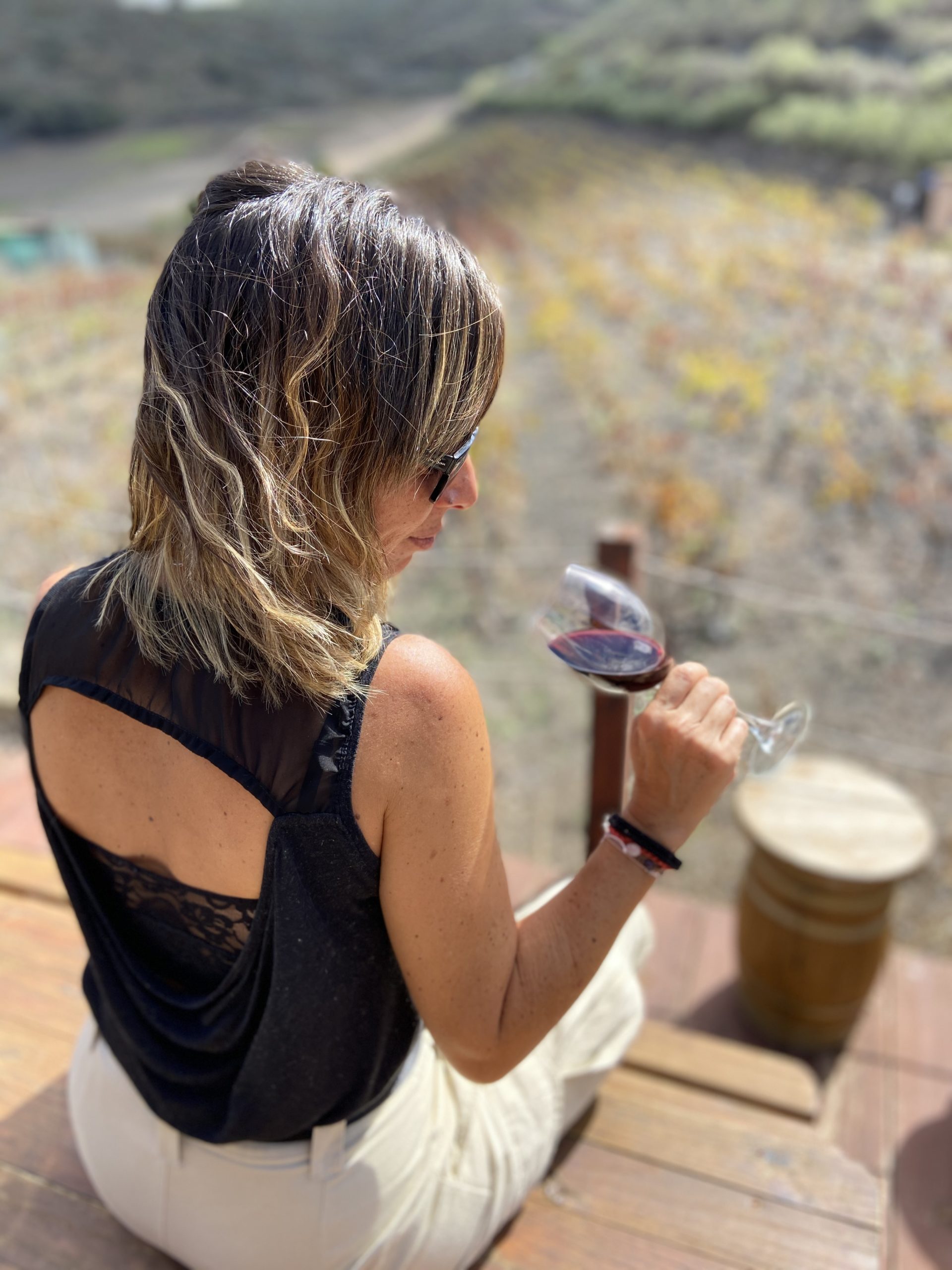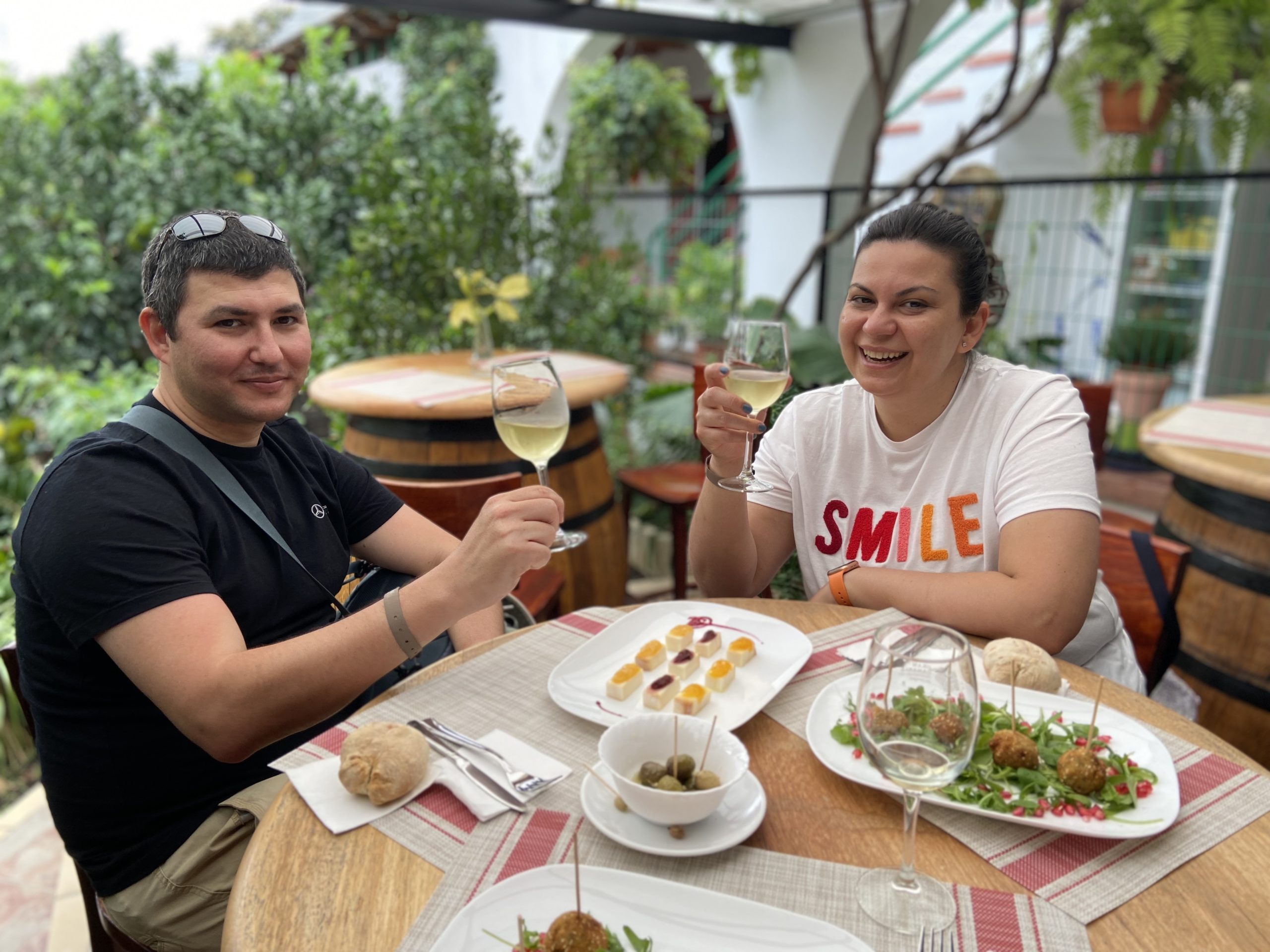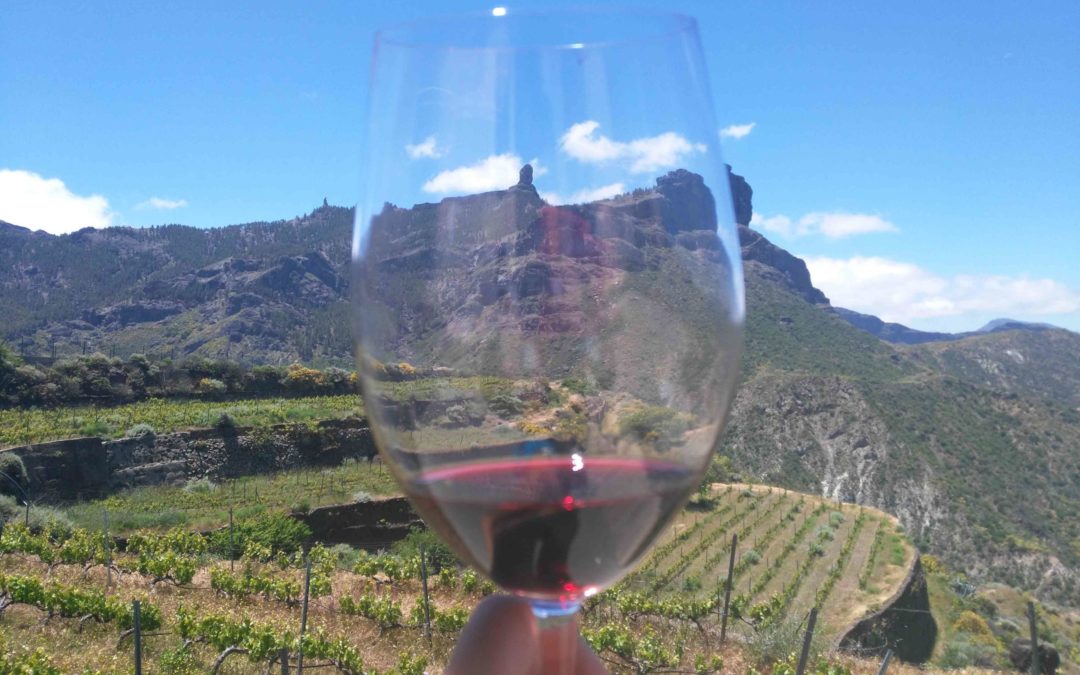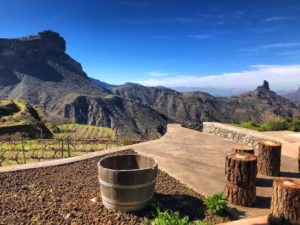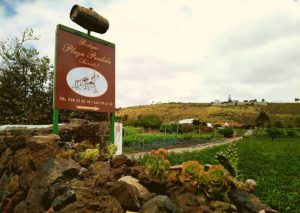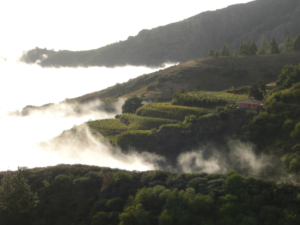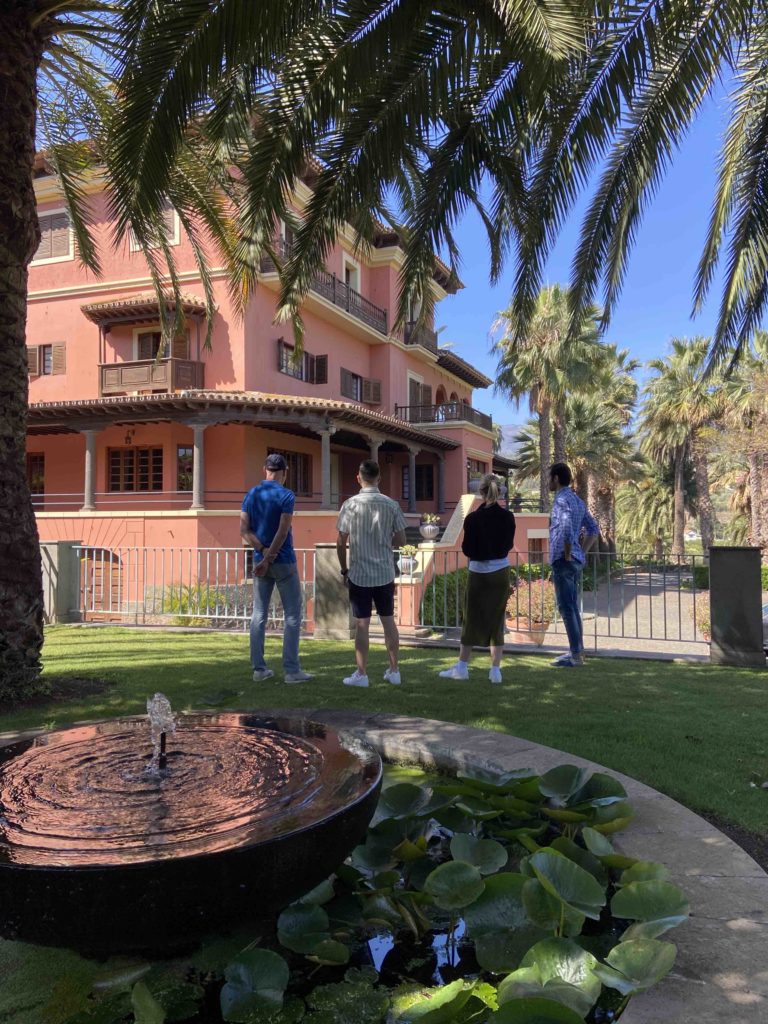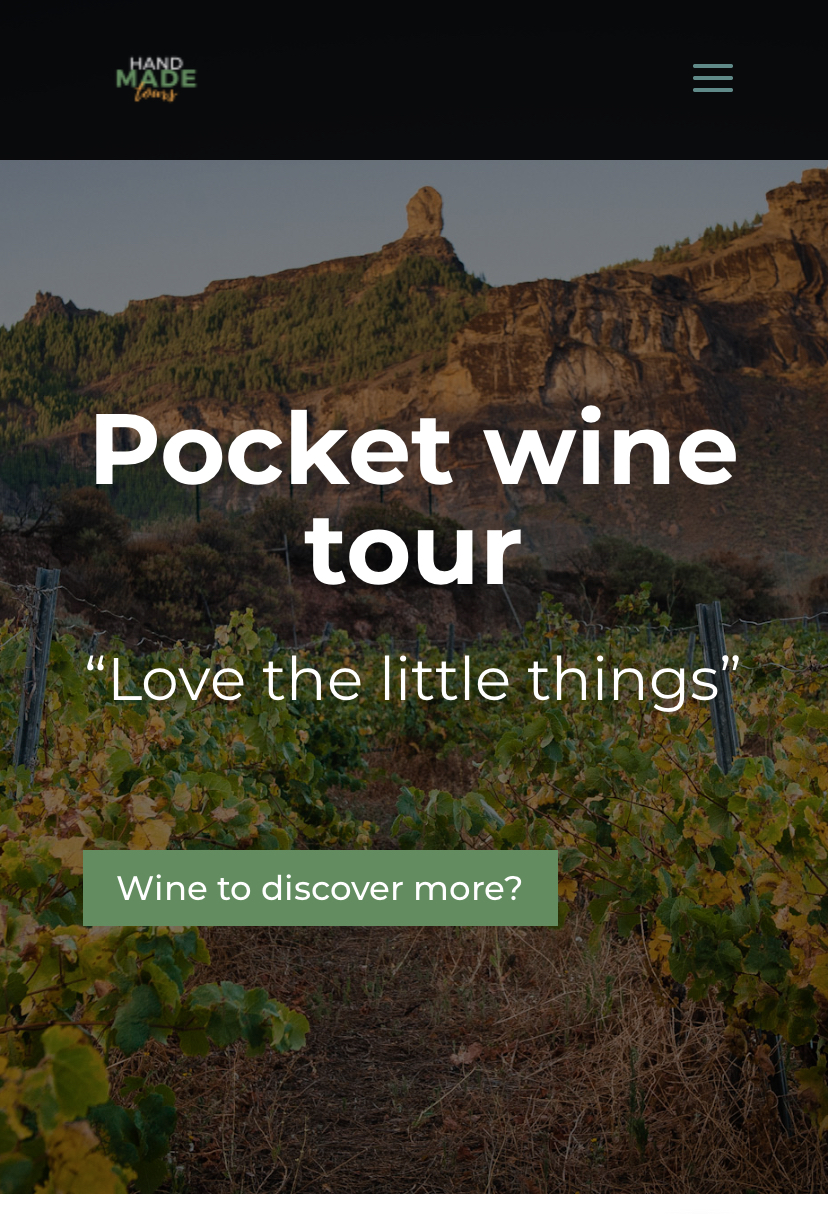Discover the Island Through Its amazing volcanic Wines When you think of Gran Canaria, your mind might go straight to sun-drenched beaches, volcanic landscapes, and the vibrant life of Las Palmas. But hidden among its valleys and hills is another treasure: a...
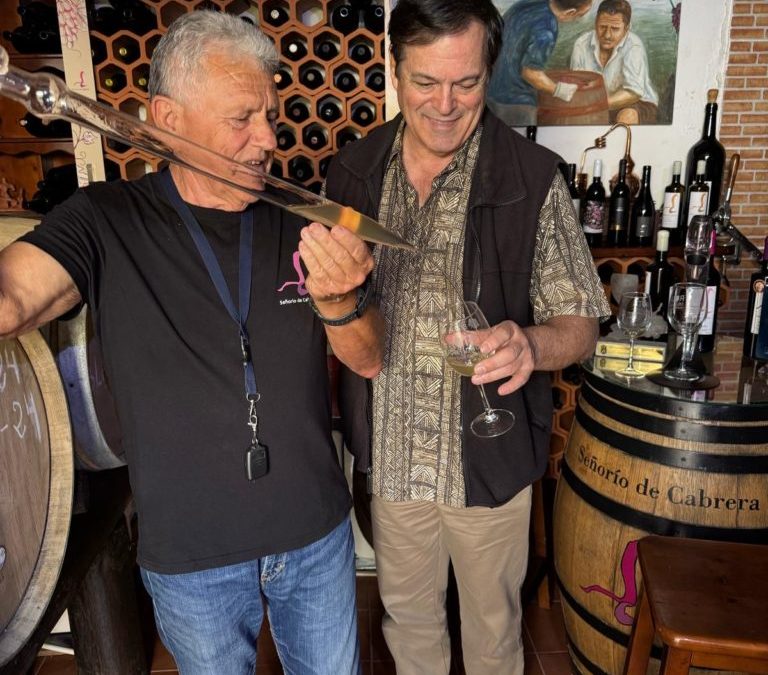
Wine tasting in Gran Canaria
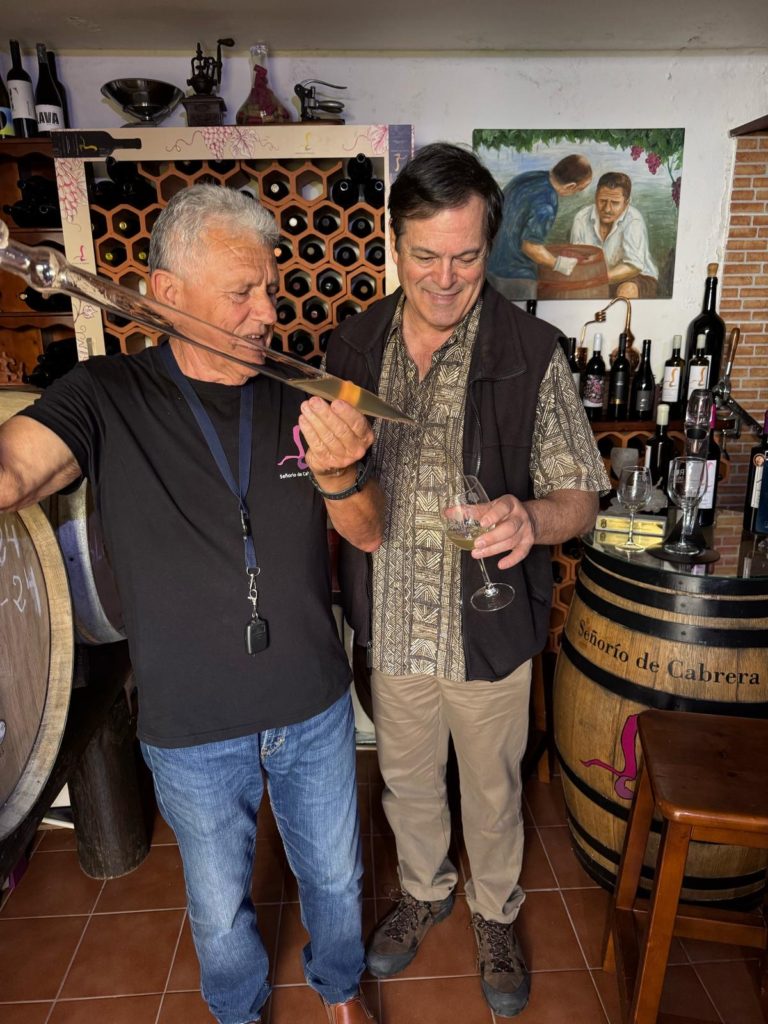
Discover the Island Through Its amazing volcanic Wines
When you think of Gran Canaria, your mind might go straight to sun-drenched beaches, volcanic landscapes, and the vibrant life of Las Palmas. But hidden among its valleys and hills is another treasure: a centuries-old winemaking tradition that’s slowly becoming one of the island’s best-kept secrets. Welcome to the world of wine tourism in Gran Canaria—a journey through flavor, heritage, and breathtaking scenery.
Gran Canaria, a land of contrasts and unique terroir
Gran Canaria is often referred to as a “miniature continent” due to its diverse microclimates and landscapes. From arid coastal plains to lush mountainous regions, this geographical diversity creates ideal conditions for growing a wide variety of grape types. Vineyards here can be found nestled on steep volcanic slopes, where the altitude and mineral-rich soil give the wines a distinct character.
Despite being a small island, Gran Canaria’s terroir is anything but uniform. Wine lovers will find everything from dry, crisp whites to bold reds, and even sweet wines reminiscent of sherry. The island’s volcanic soil imparts a notable minerality, while the Atlantic breeze provides freshness to the grapes. These natural factors make the wines of Gran Canaria not only unique, but also a fascinating study for any wine enthusiast.
A Winemaking Tradition Rooted in History
Viticulture in the Canary Islands dates back to the 15th century, brought by Spanish settlers. Gran Canaria was once a major exporter of Malvasía wines—sweet, rich wines highly coveted by European royalty and even mentioned in the works of Shakespeare. However, like in many parts of the world, phylloxera, economic shifts, and changing tastes caused the industry to shrink during the 19th and 20th centuries.
Thankfully, in recent decades, local producers have revived traditional winemaking techniques, while also embracing modern practices bledding together with traditional processes to obtain the best of local varieties. Today, Gran Canaria boasts a vibrant and growing wine scene, complete with a Denominación de Origen (DO) “Origen protected designation—“D.O. Gran Canaria”—which protects and promotes the quality and authenticity of its grapes and wines.
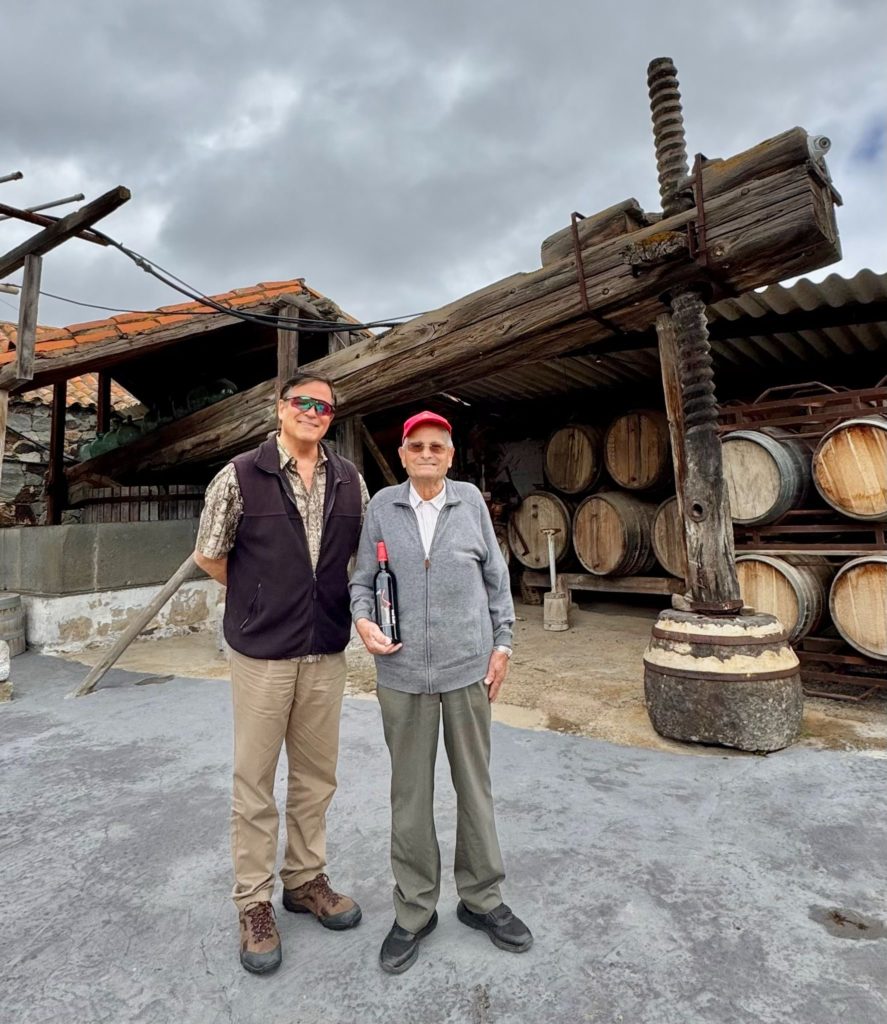
What Makes Gran Canaria Wines Special?
The combination of altitude, volcanic soil, ocean breeze, and ancient grape varieties makes Gran Canaria’s wines incredibly distinctive. Some of the most notable native and adapted grape varieties include:
- Listán Negro: A red variety that produces fresh, fruity wines with soft tannins.
- Tintilla: Known for deeper reds with good structure and aging potential.
- Listán Blanco (also known as Palomino): Often used for crisp, aromatic whites.
- Malvasía Volcánica: A key variety for sweet wines, offering floral and tropical notes.
- Albillo Criollo: Produces full-bodied whites with a creamy texture.
The island’s vines are ungrafted and centuries-old, as the phylloxera plague never reached the Canary Islands. This gives the wines a unique historical lineage and purity that’s increasingly rare in the wine world. It’s a fantastic way to taste earthy grapes and understand the unique patrimony philloxera free land has vanished from grafted vineyards.
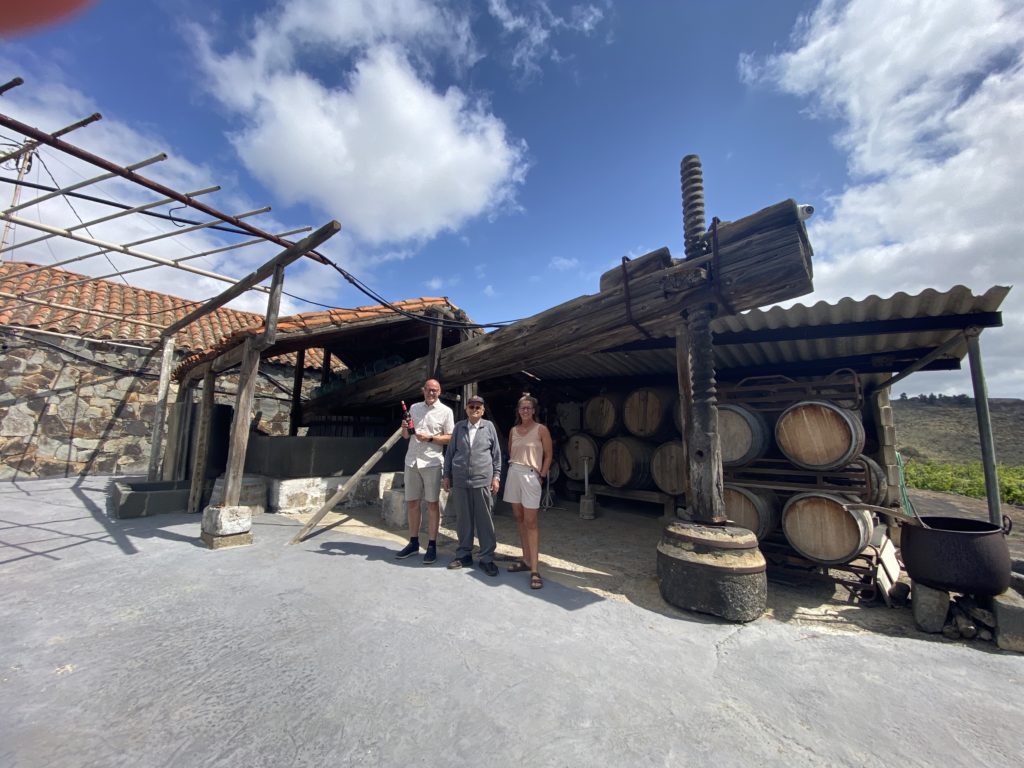
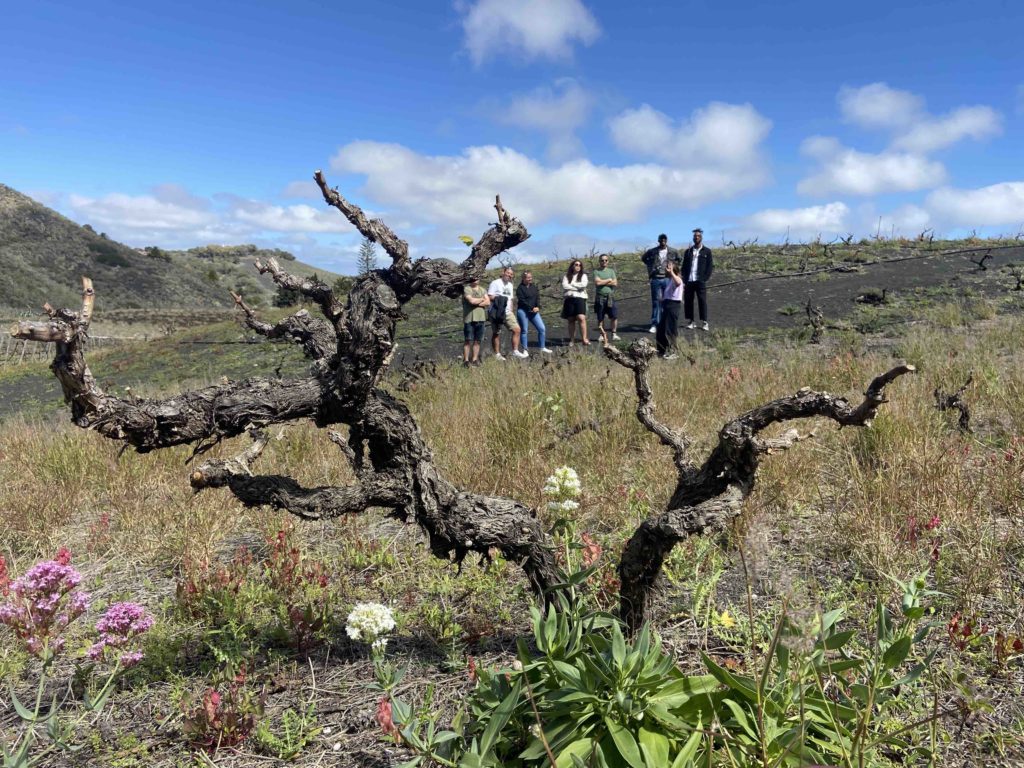
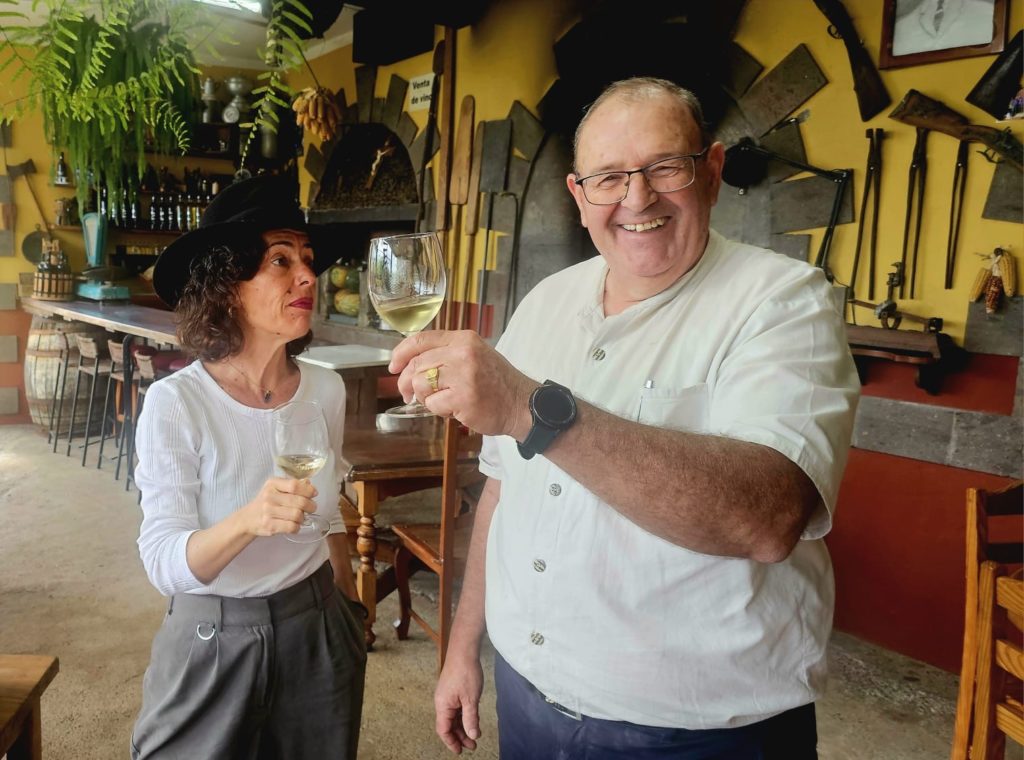
Wine tastings and Experiences in Gran Canaria: Where to Go
Wine tourism in Gran Canaria offers more than just tastings—it’s a full cultural and sensory experience. Many wineries are family-run, and visits often feel like stepping into someone’s home. Here are some must-visit wine areas and bodegas:
1. Santa Brígida and Monte Lentiscal
Just 20 minutes from Las Palmas, this area is considered the heart of Gran Canaria’s wine country. Home to the Casa del Vino, a wine museum and tasting center, Santa Brígida is surrounded by vineyards and volcanic landscapes. It’s a great starting point for any wine tour.
- Bodega Los Lirios – Nestled at the bottom side of the Bandama Caldera, this winery produces fresh young reds and whites using traditional methods. The views alone are worth the visit.
2. San Mateo
Located in the mountainous center of the island, this area features vineyards growing at altitudes above 1,000 meters. The cool temperatures and high sun exposure result in complex, aromatic wines.
- Bodega La Montaña – Located near San Mateo city center, this winery combines altitude with cutting-edge winemaking. It is a 360º vineyards on top of a mountain, taking advantage of different latitudes and climate conditions on their vines. Whites amazingly floral, fruities and smoky fruity reds.
3. Telde
This stunning, and very little known municipality, covers from the coast all the way to the summit of Gran Canaria. From black sand beaches to huge calderas, orange plantations and of course heroic vineyards brushed by Los Alisios trade winds.
- Bodega La Higuera Mayor: Small family vineyards of red wines, neighbor of Bandama natural monument with views of the volcano and the ocean together with a sensational breeze that helps the vines aeration and impressing visitors and producing exceptional wines.
4. San Bartolomé de Tirajanas
These eastern municipalities are where the winery is located, however Bodeda Las Tirajanas owns vineyards all over the islands. Some of their wines comes from exclusive vineyards by altitude and soils.
Top Bodega:Bodega Las Tirajanas – A cooperative business and the largest winery and winemaking in Gran Canaria. Their wine tourism program includes tours, tastings, events and stunning views. Do not miss their vineyards wines.
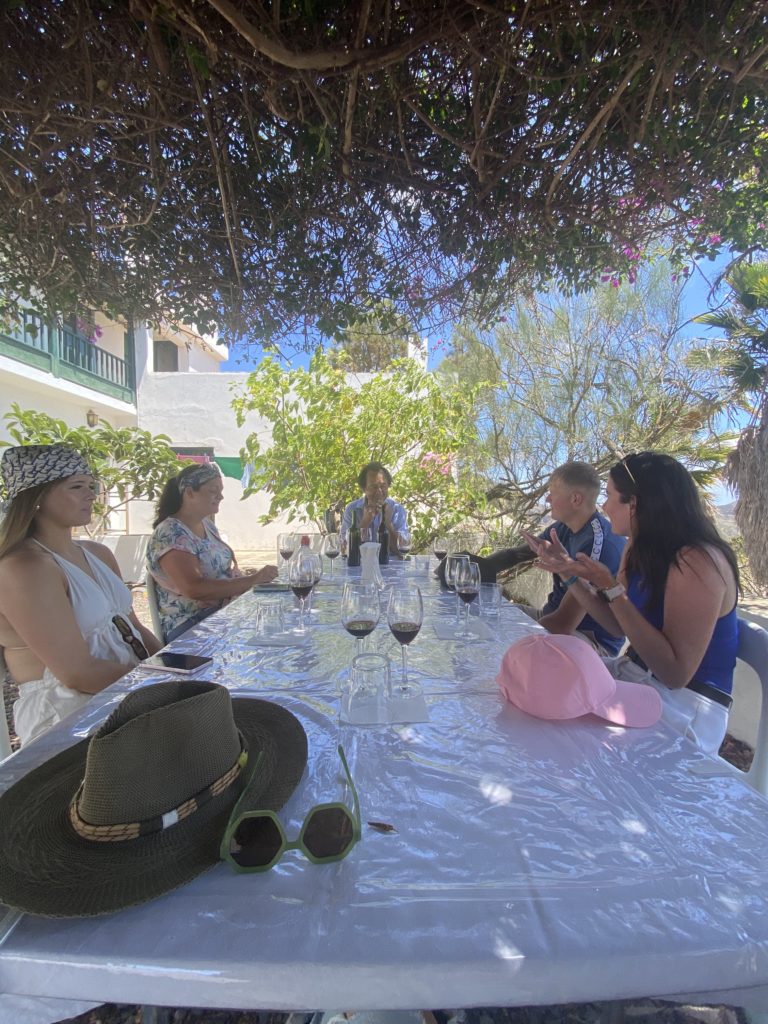
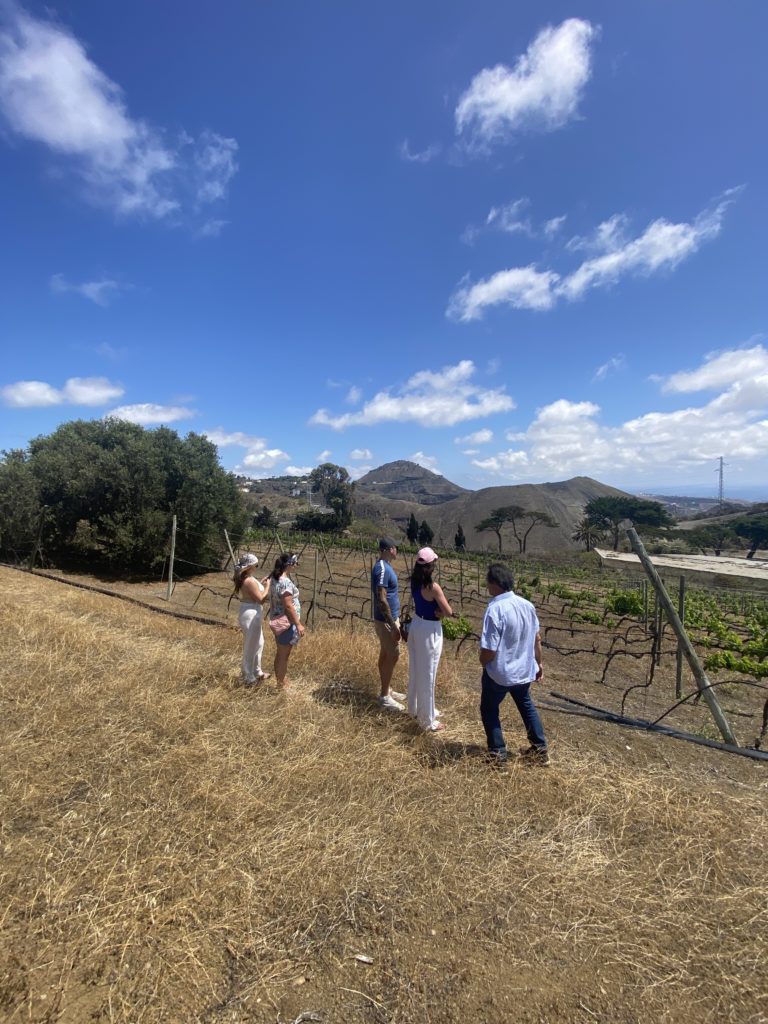
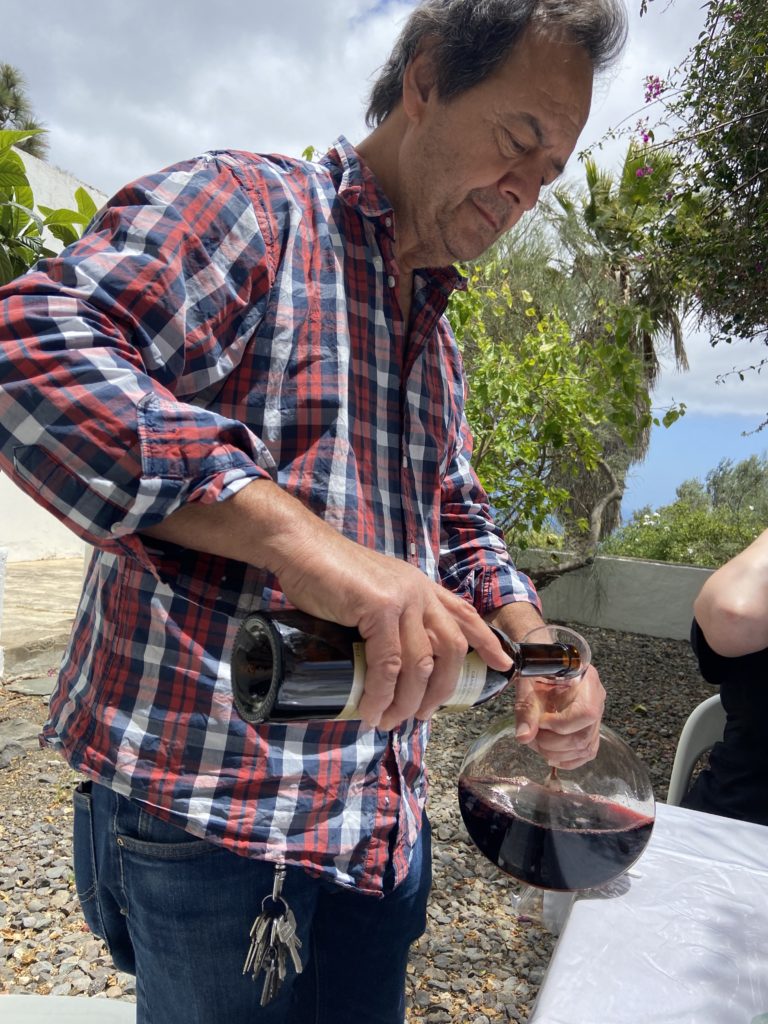
What to Expect from a Wine Tour in Gran Canaria
Wine tourism here is informal, personal, and often includes:
- Guided walks through vineyards (often on terraced volcanic slopes).
- Tastings of 2–6 wines, paired with local cheeses or local products.
- Meet-the-winemaker experiences: Where else in the world can you talk with the producer?
- Traditional Canarian food at winery restaurants or cave houses.
- Cultural and natural highlights, like views of ancient calderas, caves, and archaeological sites or pine forest at the edge of a cliff with amazing views of Tenerife. Only with Handmade Tours
Be sure to book in advance, as many are family-run and operate on a limited schedule.
Pairing Wine with Island Culture
Gran Canaria’s wine tourism isn’t just about the wine—it’s about experiencing the soul of the island. After your bodega visits, make time to explore:
- Traditional villages like Santa Lucía de Tirajanas, Tunte or Artenara.
- Gastronomic markets (Mercado de Santa Brígida is small and full of amazing local products where a wide range of local wines and artisan cheeses of the islands are only the tip of our gastronomy iceberg.
- Canarian cuisine, such as papas arrugadas with mojo, local cheeses, and ropa vieja de pulpo (mixed of vegetables, chickpeas and octopus), one of our favourite.
- Historical sites, Maipes de Agaete aboriginal cemetery, Cueva Pintada Gáldar or Cañada de los gastos en Mogán.
Wine here is not just a drink—it’s a story, a culture, and a way of life.
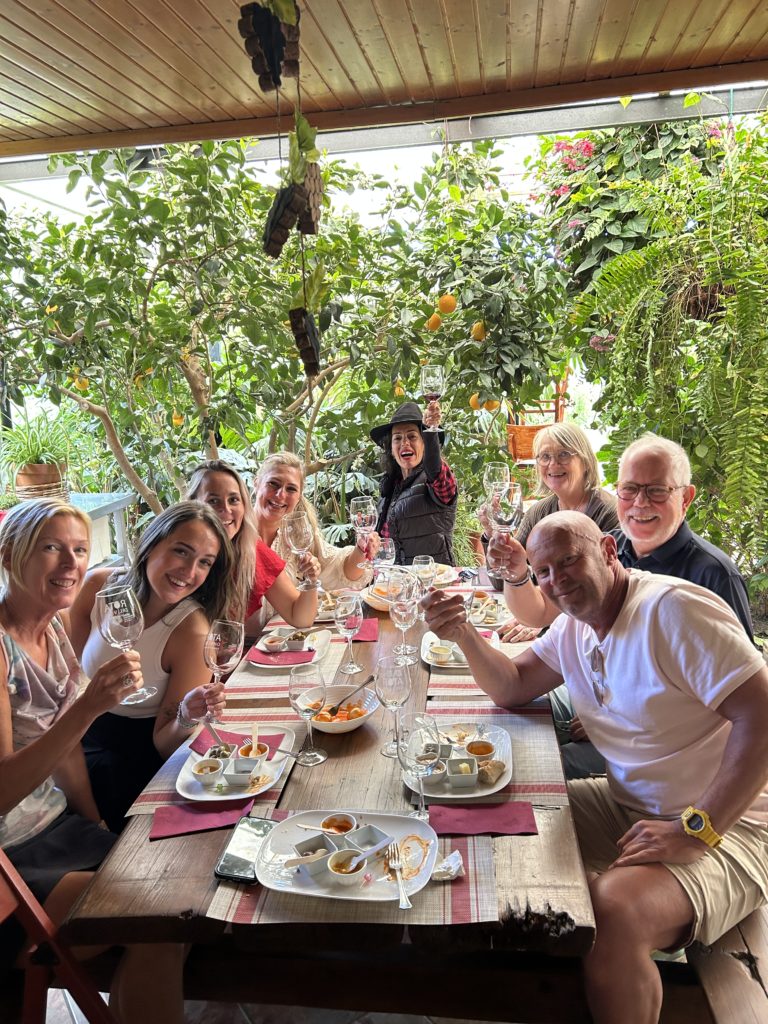
Final Thoughts: Why You Should Explore Wine Tourism in Gran Canaria
Gran Canaria might not yet be as famous for wine as regions like Rioja or Bordeaux, but that’s exactly what makes it so exciting. It offers authenticity, intimacy, and discovery. Whether you’re a seasoned wine lover or just curious about local flavors, a wine tour in Gran Canaria is a journey through taste, history, and nature—all wrapped into one.
So next time you book a trip to the Canary Islands, remember: there’s more to this paradise than beaches. There’s a vineyard waiting for you, a glass of wine being poured, and a story ready to be told—one sip at a time.




